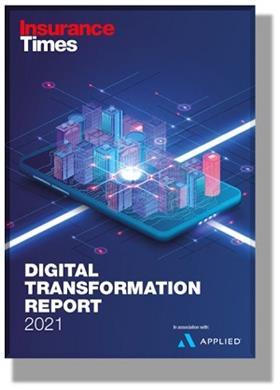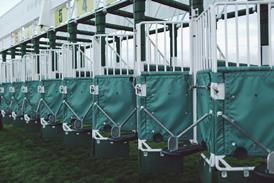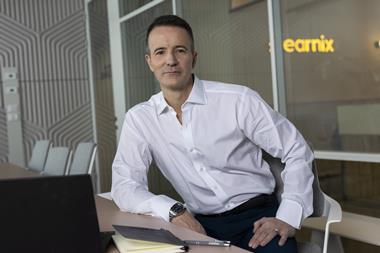Insurtech boss says brokers are ‘gearing up strongly’ around data and analytics to maintain ‘competitive advantage’
A data-led approach to insurance is “a non-optional business change” that brokers and insurers must embrace if they wish to maintain their “competitive advantage” – especially for brokers that want to showcase they know their clients best, said Andy Yeoman, chief executive of insurtech Concirrus.

Speaking exclusively to Insurance Times, Yeoman predicted that post-pandemic, “we’re going to end up in a hybrid situation. We’re going to go to the office for certain things, we’re going to be at home for certain things”.
In turn, this means that the use of data and analytics within insurance companies becomes “a non-optional business change that is going to change the way we think about how insurance is written and managed”.
He explained: “In the future, there are going to be two types of insurers – there are going to be those that have data and analytics at the heart of what they do and there’s going to be those that used to exist.
“It’s entirely non-optional. You can not like it and you can even not do it, but you can’t stop it happening.”
This is particularly important for brokers, Yeoman continued, if they wish to retain their place in the value chain of being closest to the end customer.
He added: “All parties are having to have a data-led approach and brokers specifically are gearing up strongly because their place in the market was: ‘Hey listen, I know more about the client than you do. I’ve met them and I have a relationship with the client’.
“That’s changing because the insurers now have as much data about the clients as the brokers do, so it’s changing the nature of the relationship. They’re all having to invest in data and analytic to maintain the competitive advantage.”
However, this tactic could be a struggle for more traditional companies compared with new market entrants, Yeoman noted, due to the use of legacy technologies.
Furthermore, this type of change programme can be difficult to implement and will often see chief executives working on organisational transformation that will more likely benefit their successor than themselves.
Risk movements
Yeoman also believes that the way in which risk is moving through the insurance market has changed.

“The big brokers have got MGAs and do underwriting, the reinsurers are now putting their capital behind these MGAs. The insurers are leaving even more risk on their balance sheet. The clients are creating captives and going straight to the reinsurance market. All bets are off now. Everybody’s looking at capital efficiency,” he said.
According to Yeoman, insurers used to operate by taking in premiums and then investing them into “the money markets”. This would typically generate a 10% return, which would then fund any losses insurers might make on insurance products. Now, however, insurers need to make money from their core business, Yeoman said.
Understanding unstructured data
In terms of new technology impacting the insurance sector, Yeoman pointed to “the ability to pull information from unstructured data”.
He explained: “If you give me a table of neatly organised data, that’s great. But if you were to give me a load of PDF documents I’ve scanned in, we now have the ability to extract data from those documents and formats.
“[This is] OCR – optimal character recognition. Then natural language processing to be able to extract meaning from that and then [artificial intelligence] and machine learning to apply it and turn it into intelligence you can actually apply elsewhere.”












































No comments yet